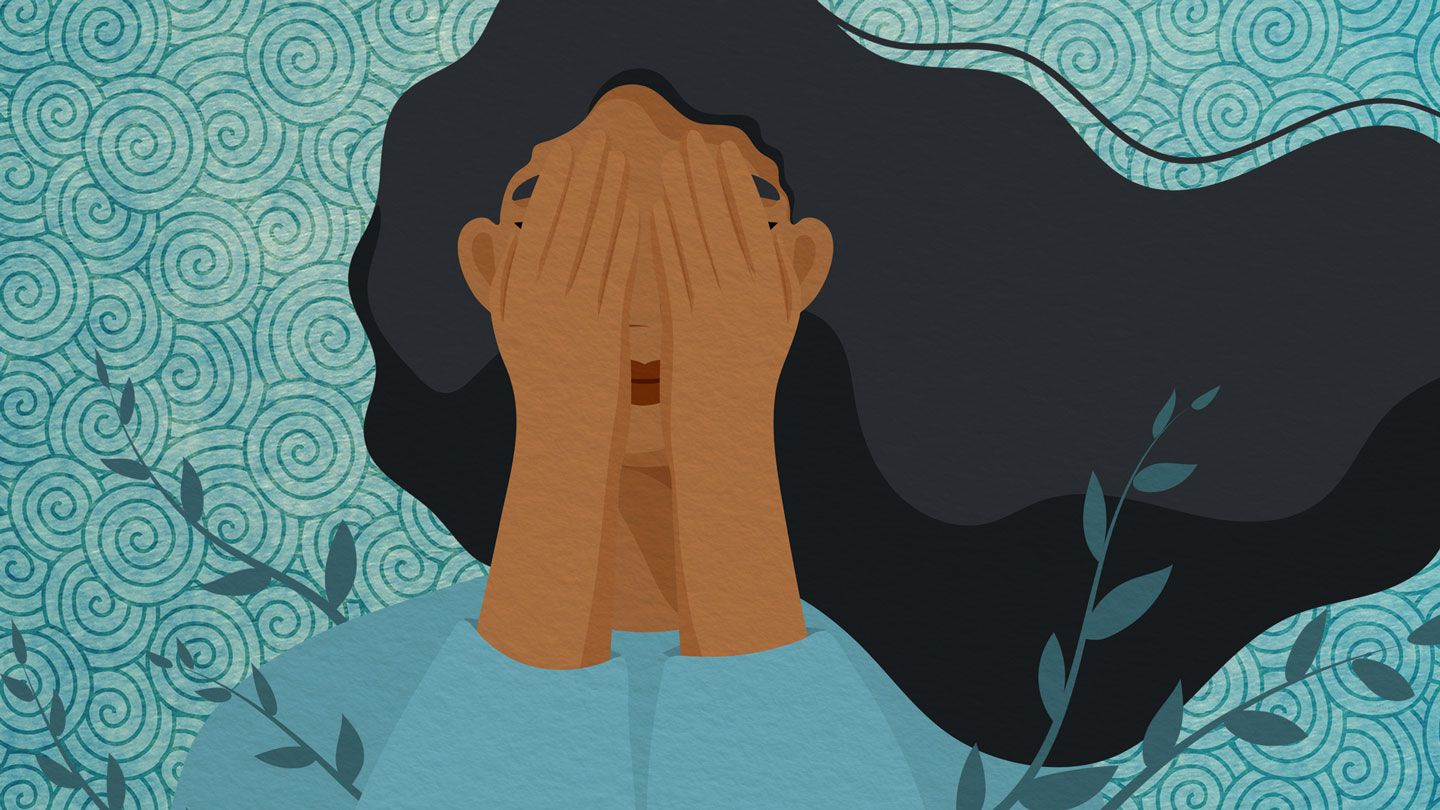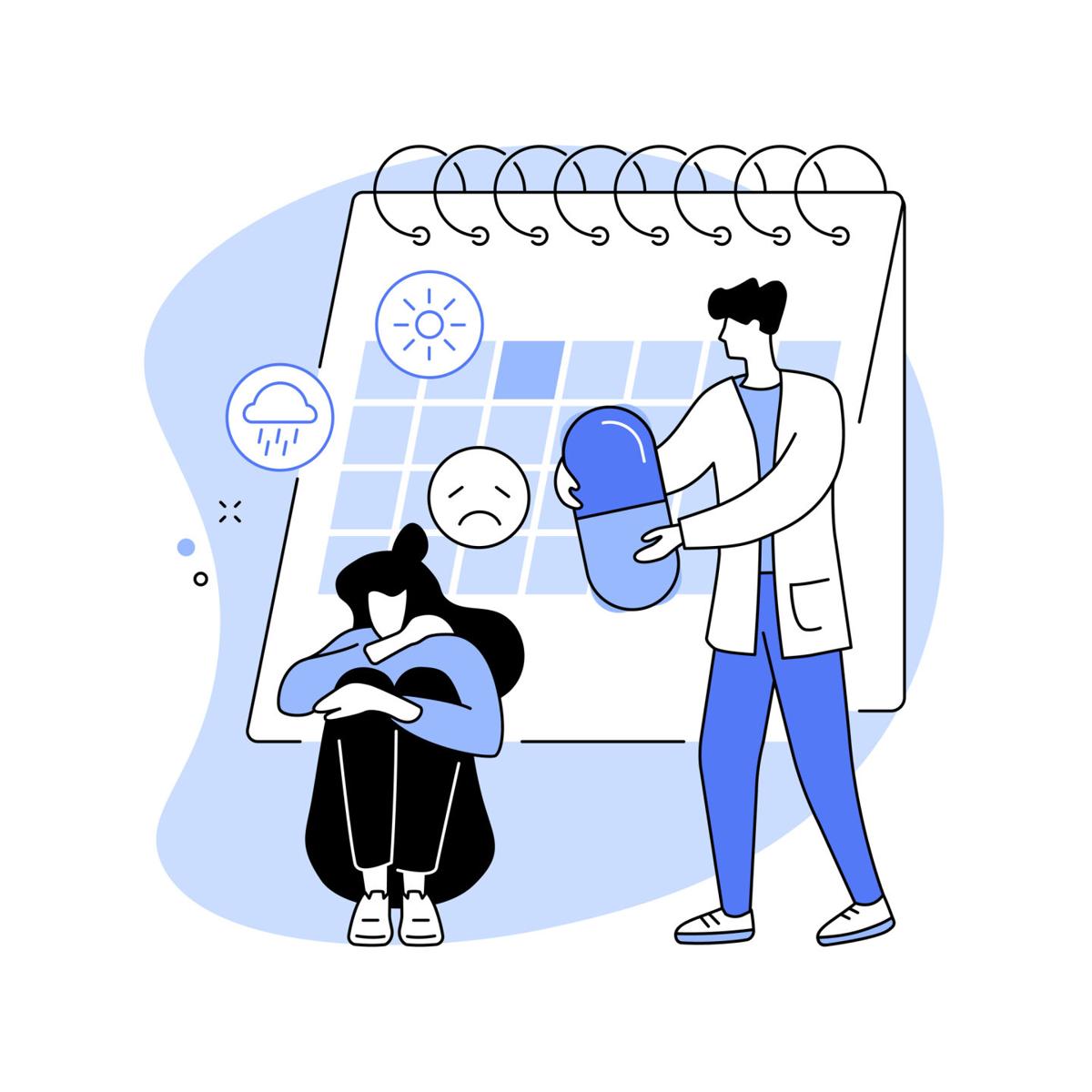A Quick Guide
Do you ever find that you feel depressed or low, especially during the seasons of fall or winter? Are your mood and energy quite low during this period? Do you notice an increase or decrease in your appetite and sleep? In such periods, do you find that you lose interest in things or activities you normally enjoy? Do you generally feel worthless, hopeless, guilty, and don’t look forward to life during these periods? Do you find that the above symptoms resolve or reduce automatically as soon as the season changes to summer? Have you noticed that you never experienced these changes in any other season throughout your life? If your answer is yes to most of these questions, chances are you may be undergoing seasonal affective disorder.
What is seasonal affective disorder?
Certain individuals experience mood swings during particular seasons of the year. Due to this characteristic manifestation of mood disturbance temporally linked with the season, we use the term seasonal depression or seasonal affective disorder to describe it. Historically, seasonal depression has been long recognized as a psychological condition associated with the external seasonal environment. Usually, it is in the fall or winter season.
Symptoms of seasonal affective disorder
The person experiencing seasonal depression may exhibit the following symptoms:
- Loss of interest in previously enjoyed activities
- Restlessness or psychomotor retardation
- Loss of energy or fatigue
- Feeling worthless
- Experiencing excessive guilt
- Difficulty concentrating, thinking, and making decisions.
- Feeling hopeless and having recurrent thoughts of death.
- Some individuals may experience pain in their bodies.
- Increased or decreased sleep i.e., Insomnia or hypersomnia
- Increased or decreased appetite i.e., Weight loss or weight gain. Particularly, the person experiences excessive cravings for sugar and starches. They may binge eat and engage in limited movement which can contribute to weight gain. Although they may lose the pounds gained during summer when their mood episode returns to normal. However, with age losing weight also becomes hard and with every passing year they keep on gaining weight.
- Some individuals show atypical mood reactivity. This means that they may exhibit elated moods in some instances depending on what’s going on in their environment. However, this is only temporary.
Watch: [Seasonal affective disorder]
Diagnosis of seasonal affective disorder
For a person to get a diagnosis of seasonal affective disorder, DSM specifies certain criteria which are stated as follows:
- The person experiences a depressive episode at a particular time of the year (i.e. The season of fall/winter ).
- Remission or resolution of the symptoms of depression or its transition into a manic or hypomanic episode occurs at a particular time of the year.
- There are no instances where a depressive episode occurred in a nonseasonal period.
- The number of seasonal depression episodes is higher than non-seasonal depression episodes in the person’s lifetime.
Prevalence of seasonal depression
According to some studies, up to 10% of people in the general population exhibit a seasonal pattern of depressive episodes. However, the prevalence rates vary according to the country and the climate and duration of fall and winter present there.
Why does seasonal affective disorder occur?
There are some theories that suggest that in seasonal depression our body’s internal clock (circadian rhythm cycle) does not align with the external clock. Disruption in the levels of melatonin (sleep hormone) also plays a role. Another theory suggests that levels of serotonin in the brain vary according to the season which may contribute to symptoms of seasonal depression. Finally, some evidence is also there for a genetic component of seasonal affective disorder.
We hope the above article was useful for you in understanding seasonal affective disorder. To find out more about it, check out the related articles.



 Symptoms of depression in women: How to know if you are depressed
Symptoms of depression in women: How to know if you are depressed  Seasonal Affective Disorder: A Brief Overview of its treatment
Seasonal Affective Disorder: A Brief Overview of its treatment